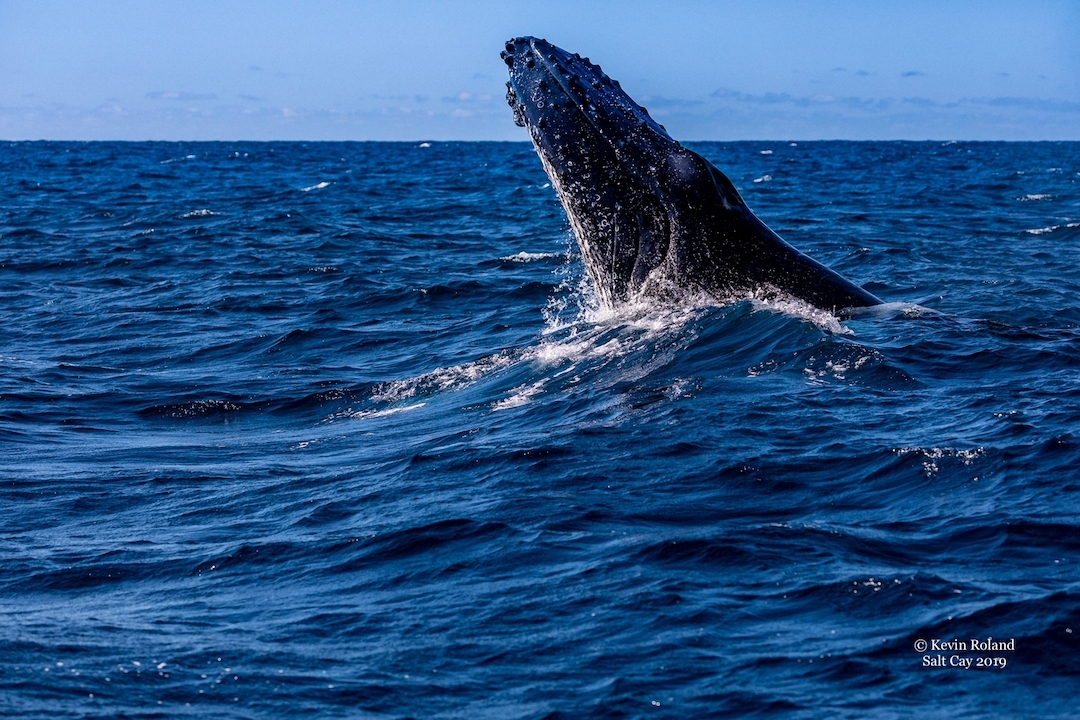Whale observing whales is an incredible experience that links us to the majestic wonders of the ocean. As we set out on these excursions, the joy of encountering these giant creatures in their true habitat increases our appreciation for the marine environment. The moments spent watching whales jump the water's surface, spray water up into the air, and elegantly glide through the ocean swells can leave us in wonder of their splendor and magnificence.
For numerous people, whale watching is not just a leisurely activity but a profound exploration into the hidden lives of these remarkable creatures. Each viewing tells a tale, offering insights into their behavior, travel patterns, and relationships. The experience of seeing these graceful giants up close allows us to forge a greater understanding and respect for their place in our environment, reminding us of the significance of protective efforts to preserve these extraordinary creatures for coming generations.
Understanding Cetacean Actions
Observing whales provides a singular opportunity to witness the captivating conduct of these noble creatures in their wild environment. Whales are recognized for their intricate social hierarchies and interactions, which can fluctuate widely between species. For instance, orcas, also referred to as killer whales, often travel in family groups called pods, exhibiting intricate communication and collaborative hunting techniques. Experiencing these interactions during a whale-watching excursion can enrich our admiration for their social interactions.
Interpersonal communication is a crucial aspect of whale behavior, as these animals use a range of calls to convey information to one another. Whales produce sounds such as clicks, chirps, and melodies, which can propagate far underwater. For instance, humpback whales are notorious for their extended and haunting songs, which are believed to play a role in mating ceremonies and group dynamics. Observing these creatures allows observers to experience these vocal exhibits and contemplate the significance of sound in the existence of these whales.
Migration is another extraordinary behavior to study while whale watching. Many species undertake extensive migrations each year, covering thousands of miles between foraging and breeding grounds. For instance, gray whales journey from their feeding grounds in the Arctic to breeding lagoons in Mexico. Witnessing these travels highlights the whales' tenacity and adaptability to changing environments. The practice of observing whales not only provides a opportunity to see these astonishing journeys but also raises consciousness about protective measures necessary to protect these species and their habitats.
Best Locations for Whale Watching

One of the most famous places for whale watching is Monterey Bay, California. This colorful marine sanctuary draws various whale species, featuring humpbacks, gray whales, and even the rare blue whale. Visitors can embark on boat tours that provide the best vantage point to see these magnificent creatures jumping and feeding. The nutrient-dense waters foster a rich ecosystem, making every tour a special adventure.
Another prime location is the Bay of Fundy, Canada, renowned for having the tallest tides in the world. This special geography creates an optimal habitat for humpback whales and minke whales, which are often spotted during their migration. The opportunities for viewing are abundant, as the bay is known for its stunning landscapes and thriving marine life. The local whale watching companies offer eco-friendly tours that educate visitors about the whales and their ecosystem.
For those on the Eastern Seaboard of the United States, Cape Cod offers extraordinary whale watching experiences. The area, particularly around Provincetown, is a prime area for observing the great whales during the summer months. Visitors are frequently gifted to sightings of finback and North Atlantic right whales. The combination of beautiful coastal scenery and the chance to witness these grand animals in their natural habitat makes this area a essential destination for any whale watching enthusiast.
Effects of Whale Watching on Conservation
Cetacean observation plays a critical role in increasing consciousness about the importance of oceanic habitats. As more people engage in this experience, they foster a greater appreciation for these magnificent creatures and the difficulties they face. This newfound awareness frequently translates into a urge to conserve whales and their habitats, leading to heightened support for conservation initiatives. By watching whales in their natural environment, individuals gain a intimate connection that can ignite action, whether through donations, support, or engagement in protective initiatives.
In addition to this to raising consciousness, whale watching can have a major impact to local economies. When communities acknowledge the financial benefits of eco-friendly whale tourism, they are prone to put resources in protective measures. Funds generated from whale watching trips can be allocated into protecting marine habitats, supporting research, and aiding local conservation organizations. whale watching in iceland creates a virtuous cycle, where the protection of whales and marine environments boosts the offerings available to travelers.
Nonetheless, it is crucial to balance whale watching activities with the need for protection. Responsible whale watching practices are key to minimize disturbances to these beings and ensure their safety. Standards are in place in many regions to prevent abuse and promote respectful interaction with whales. By following these guidelines, both guides and visitors can play a role to a viable future for whales, permitting future generations to perpetuate enjoying the beauties of whale watching while guaranteeing the survival of these magnificent creatures.
